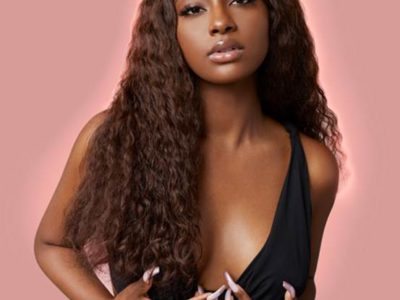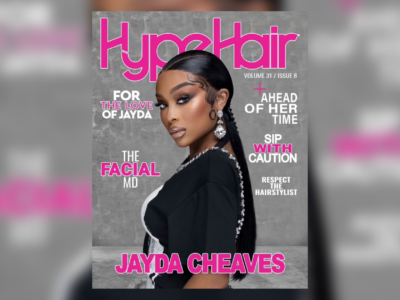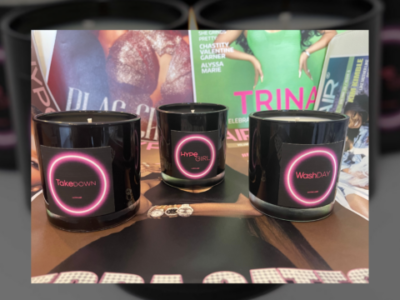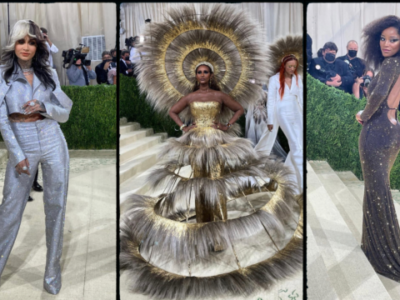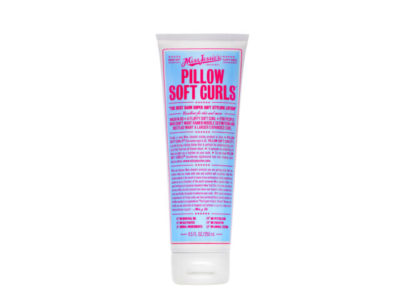
By Choya Randolph
For naturals who want to change their hair color, bleaching may be the only way to get the exact color you’re looking for. This is because kinky hair tends to be black and we all know how hard it is to dye black hair. Bleach can be intimidating though, especially if you want to save a coin and bleach your hair yourself. Bleaching is a permanent decision with room for permanent mistakes if done incorrectly. Let’s go through the proper steps you should take when bleaching natural kinky hair.
First you need hair bleach. Don’t be out here trying to bleach your hair with peroxide. Then you need a developer and toner. Don’t forget to buy the tools you need to mix and apply the bleach to your hair. Lastly, you’ll need gloves and a plastic shower cap.
When it comes to what bleach you should buy, you’ll be fine with any hair bleach. So you can stop combing through the Amazon reviews for Clairol’s BW2 Powder. Developers are a little more complicated because they come in different volumes. Each volume represents how easily the developer will be at lifting the color out of your hair and lightening it. If you want to see results, you should use a 20, 30 or 40 volume developer.
30 and 40 volume developers are higher levels when it comes to bleaching. If you want your hair to bleach quickly and brightly, these two developers will achieve that. 20 volume developers will also lift and color your hair but at a lower level than the higher volume developers. This means that a 20 volume developer will take longer to bleach your hair and may not color the hair as well as the other developers. 20 volume developers will still get the job done but many professional colorists use a 30 volume developer.
Now let’s talk about what your hair should look like before you bleach. Do not wash your hair before bleaching. This will make your scalp more vulnerable to the bleach. You do not want to start having Just For Me hair relaxer flashbacks. It’s encouraged to bleach on dirty hair so the natural oils can protect the scalp. To take the scalp protection to the next level, put vaseline on the perimeter of your head. Make sure your hair is detangled and try not to bleach on dry hair. And yes, try to have your hair somewhat stretched before bleaching. You don’t want shrinkage to stop you from living your best bleached hair life.
It’s time to mix the bleach and developer together. Follow the directions of the product packaging. If you somehow mess up measuring the bleach and developer, focus on the texture. It should have the consistency of thick gravy. Now it’s time to apply. When coloring your hair, it’s smart to start applying the bleach to the back of your head. If you’re bleaching your entire head, start at the ends of your hair. If you apply the bleach to your scalp first, the heat from your scalp will activate the bleach causing your hair to be bleached unevenly. When applying the bleach to your hair, make sure you’re generous. Try to get every strand.
Make sure you wear gloves when applying the bleach and wear an outfit you don’t mind getting bleach on. Use a towel to protect your skin and neck – you do not want to get bleach on your skin. Be careful around the eyes as well. You don’t wanna bleach your hair the perfect color just to not be able to see it. Also, bleach has a strong smell. Please open a window.
Once the bleach is distributed evenly on your head, put the plastic shower cap on and wait. Again, follow the directions on the product packaging. The plastic shower cap incorporates heat which helps with the activation of the bleach. It also is easier to keep track of your hair color using a plastic cap rather than aluminum foil. Keep track of the hair color, checking it every 10-15 minutes. If the bleach has been in your hair for more than 45 minutes, wash it out. After about 45 minutes, the bleach is no longer active. This is the best it’s gon’ get sis. If you notice no hair color, you may want to try a higher volume developer, especially when bleaching virgin hair.
If your hair is feeling dry, try deep conditioning or using a hair mask. Stick with conditioners that help with color treatment. Time to get out that toner. There are plenty of options and no, it doesn’t always have to be purple shampoo. Toners neutralize the hair color to get rid of any unwanted pigments. If you’re struggling to find a toner, remember the color wheel. If you want to cancel out orange tones, go for a blue toner. If you want to cancel out yellow tones, go for a purple toner. Your options are endless. If this gets too overwhelming, a purple shampoo won’t do you wrong.
Once you’ve used the toner, you can stop right here and rock the blonde. But maybe that’s not the color you want. If not, I hope you found the perfect hair dye. Follow the instructions of the hair dye. It’ll most likely tell you to mix the hair dye with a developer. You can use the same developer you used when bleaching. You can even add conditioner to this mix. This helps moisturize the hair but lighten the hair dye if need be. Apply the hair dye evenly and put on a different plastic shower cap. You do not want bleach residue in your hair. This process will be shorter than bleaching the hair, so check the hair every 5-10 minutes. Wash the dye out.
Now here you are, admiring your new look and screaming about how much you love your new hair color. You may be done coloring but you’re not done with your hair. If your hair is feeling on the dry side, don’t be afraid to deep condition again. You also have the option to do a protein treatment. After that, moisturize your hair as you usually would. I prefer the LCO method.
Though these tips are sure to help you bleach your hair, try to get a professional to color your hair. If you choose to go the DIY route, be sure to follow directions, check on your hair regularly and be confident in your new hair color.
